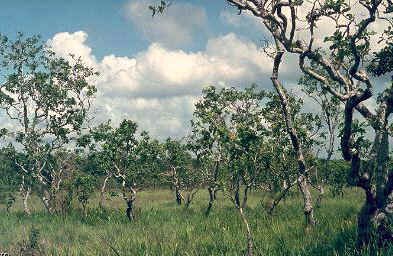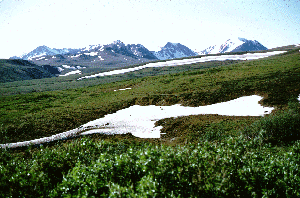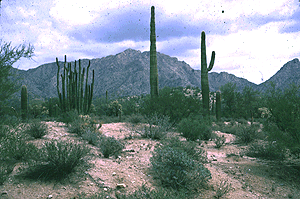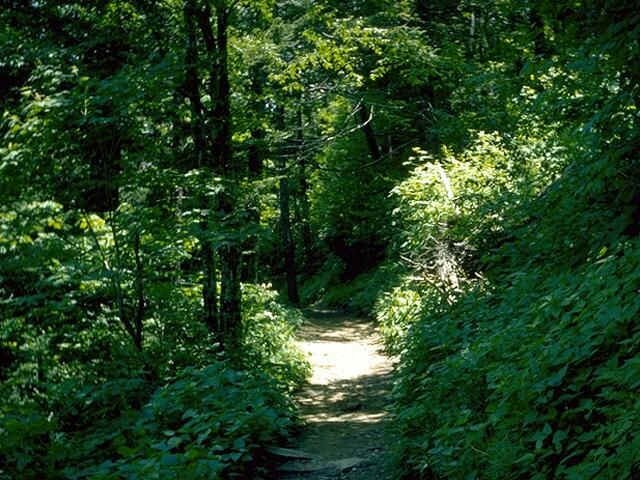ANIMAL HABITAT REPORT
GRADE 3
HABITATS
After you have read the linked information about your habitat, click here for the questions you need to answer.
GRASSLANDS

Grasslands are large regions of grass with only a few trees. They are covered mostly with grasses rather than large shrubs or trees. Tropical grasslands are called savannas, meaning "treeless plains". There are also temperate grasslands. Grazing animals and predators live in these grassy plains. The area has a wet and dry climate. Some typical animals that live in grasslands are giraffes, zebras, buffaloes, kangaroos, lions, leopards, cheetahs, hyenas, and elephants.
|
Learn more about grasslands:
ThinkQuest or MBGnet or Sixth-grade class website on grasslands
|
TUNDRA

The tundra is the simplest biome. It is at the top of the world around the North Pole! Tundra has a thin layer of soil. Below that is a permanently frozen layer of ground. Summers are very short. There is only enough time for the top layer of soil to thaw--just long enough to allow some small plants and microorganisms to grow and reproduce. The word tundra comes from a word which means barren or treeless land. Because tundra regions are so cold, often with deep snow, animals that live there must adapt in order to survive. Many grow thick fur. Others find a place to hibernate during the winter months.
|
Learn more about tundra:
ThinkQuest or MBGnet
|
DESERT

The desert is a land that is very, very hot and very, very dry. It may have sudden floods and cold nights. Deserts get less than ten inches of precipitation a year. But desert areas are not without life. Instead, they have many wonderfully adapted plants and animals that have developed various ways to deal with the extremes of dryness and temperature. Some animals live underground, others are nocturnal, and others seldom drink, getting their water from seeds and plants. Some of the animals that you may find in a desert include rattlesnakes, rats, jack rabbits, camels, scorpions, tarantulas, and iguanas.
RAINFORESTS

The tropical rainforest, found close to the equator, is earth's most complex habitat. It has the most desirable growing conditions: a lot of precipitation and year-round warmth. In fact, some rainforests may get up to 400 inches of rain every year. The wet conditions of the rain forest makes plants grow fast. Because of the thick, tall, vegetation, many plants have to struggle to reach sunlight or adapt to the low amount of light beneath the canopy. There are both tropical and temperate rainforests. They both have many different species of plants and animals. Some of the animals that live in a rainforest include chimpanzees, gorillas, exotic birds, tree frogs,
MARINE HABITATS - OCEAN

Shorelines are where oceans and seas meet land. The change is abrupt and sudden. The plants and animals that call this transition zone home have interesting adaptations. Some organisms make the shallow waters of the shore their home. Others live on land, but have adjusted to higher levels of salt in their environment. These animals have unique adaptations which enable them to live in the sometimes harsh environments of rocky coasts and sandy shores. Crocodiles, herring gulls, harbor seals, and California sea lions are some of the animals that make their home here.
Temperate and tropical oceans also provide a home for many animals. Oceans cover three quarters of the Earth's surface. Many organisms live in these waters, adapting to extreme and unusual conditions. The ocean is home to the smallest plankton and the largest creature on earth, the blue whale.




